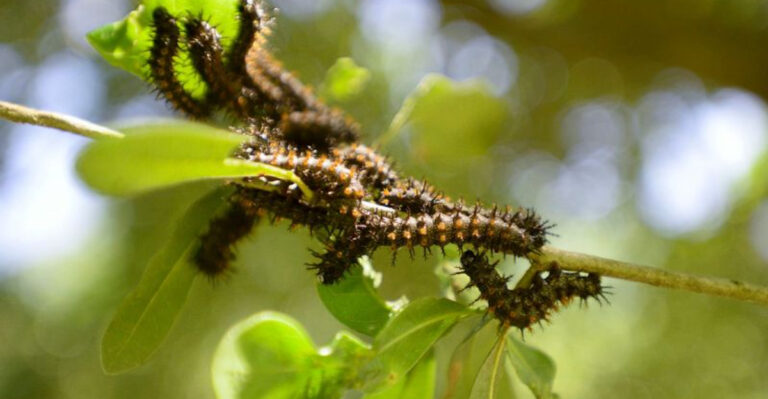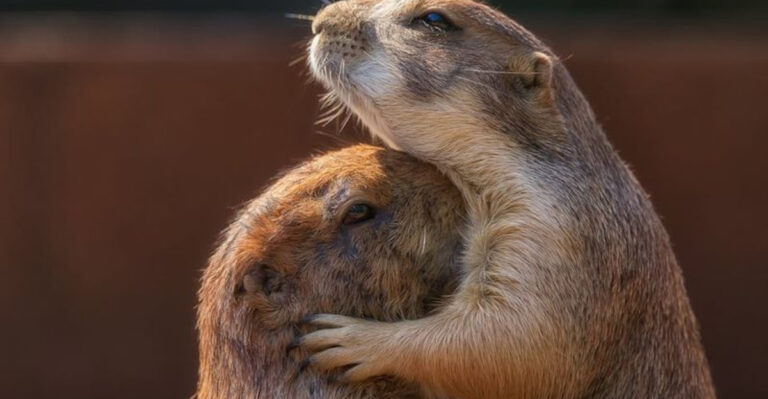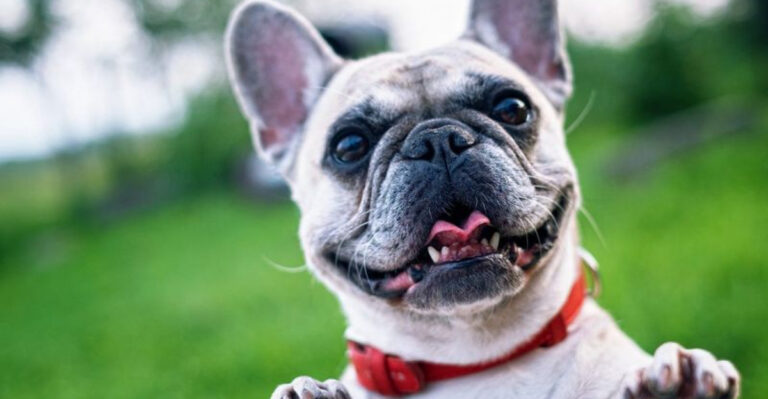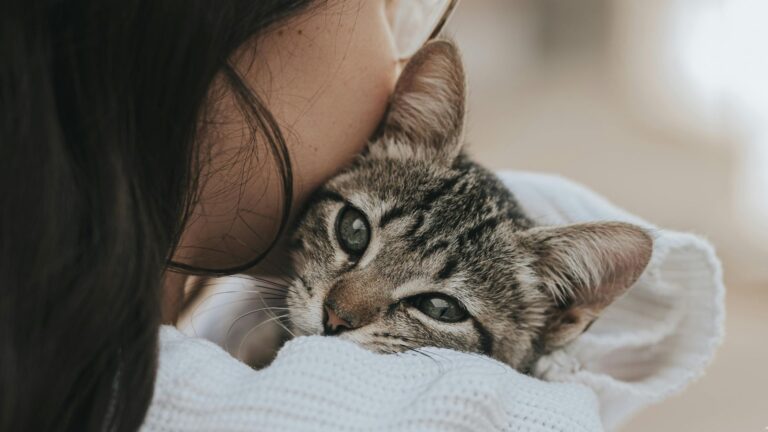8 Exotic Pets That Are Surprisingly Easy to Care For (And 6 That Are Quite Challenging)
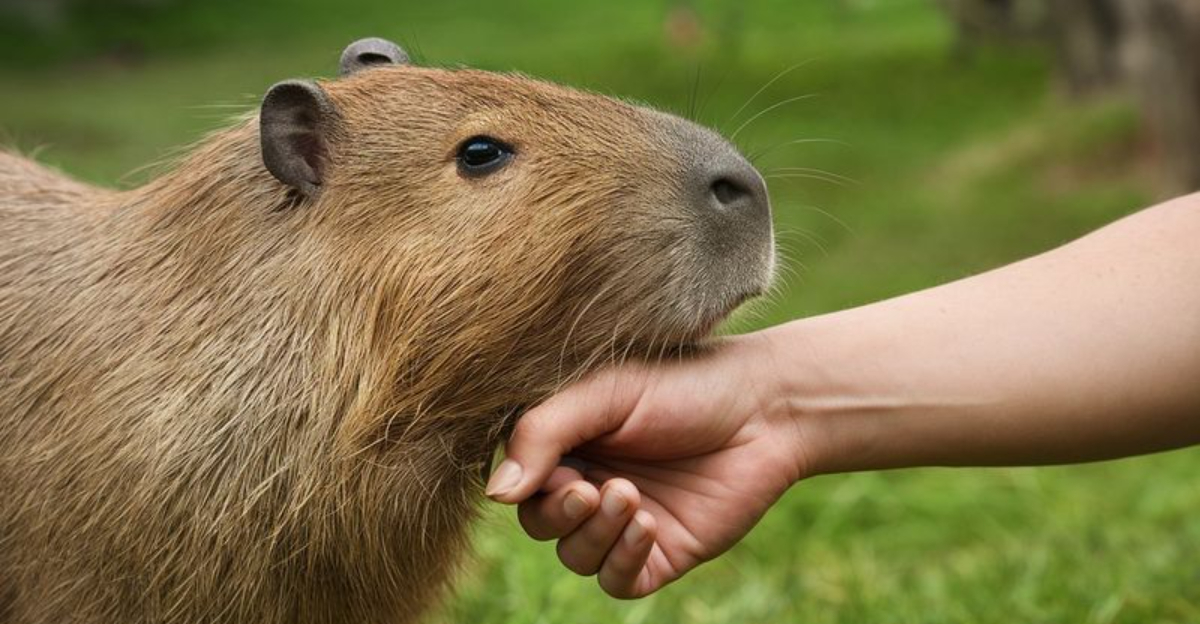
Ever dreamed of having a pet that’s a bit more unusual than a cat or dog? Exotic pets can be fascinating companions that add excitement to your home life.
While some require specialized care and environments, others are surprisingly simple to maintain. I’ve put together a guide featuring exotic pets that almost anyone can handle – and a few that might make you think twice before bringing them home.
1. Leopard Geckos – Desert Dwellers With Minimal Demands

These smiling reptiles might look exotic, but they’re actually beginner-friendly! Leopard geckos don’t need special lighting, just a simple heat source on one side of their tank to create a temperature gradient.
Unlike other reptiles, they don’t require live plants or misting systems. They eat crickets and mealworms that you can buy at pet stores, and they only need feeding every other day.
The best part? They’re handleable pets that can live 15-20 years with proper care, making them long-term companions without demanding daily attention.
2. Axolotls – Aquatic Salamanders With A Smile
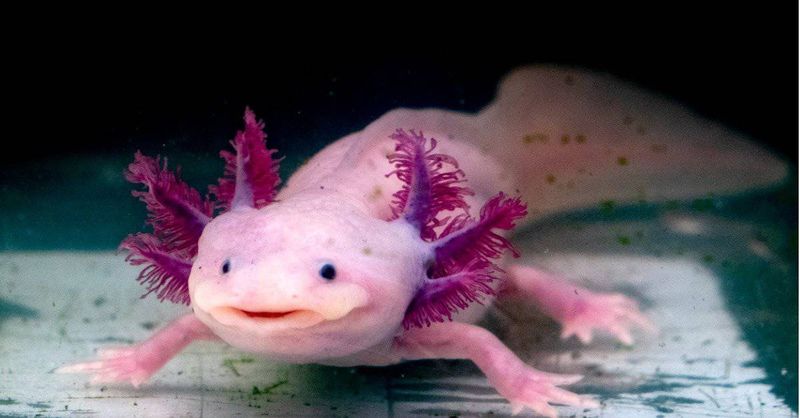
Looking like something from a fantasy movie, axolotls are surprisingly undemanding aquatic pets. These Mexican salamanders stay in their juvenile form forever, sporting external gills that look like feathery headdresses.
They require an uncomplicated tank setup – just clean, cool water (60-64°F) and a simple filter. No heater needed! They eat sinking pellets and occasional treats like bloodworms.
Axolotls rarely need handling and can live 10-15 years. Their fascinating ability to regenerate limbs and organs makes them not just easy pets but also amazing creatures to observe.
3. Bearded Dragons – Desert Lizards With Puppy-Like Personalities
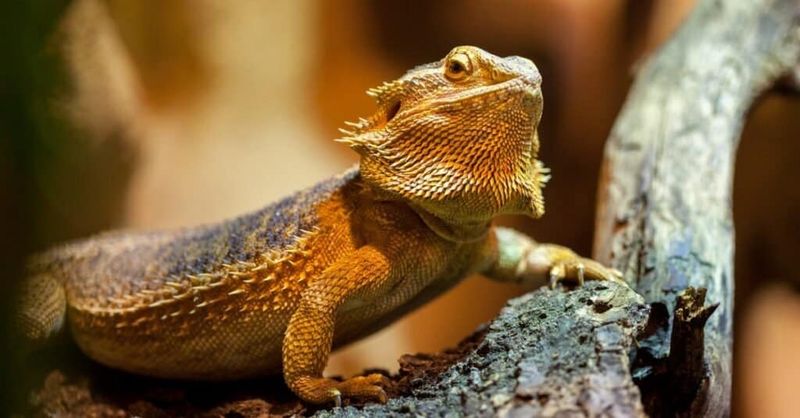
Don’t let their spiky appearance fool you! Bearded dragons are among the most sociable reptiles around. Many owners describe their ‘beardies’ as having dog-like personalities – they recognize their owners and even enjoy gentle handling.
Their diet is straightforward: a mix of insects and vegetables you can find at any grocery store. While they do need UVB lighting and a warm basking spot, their habitat setup is simpler than many tropical reptiles.
Bearded dragons are active during the day when you’re awake, making them interactive pets that fit naturally into human schedules.
4. Hedgehogs – Prickly Exteriors, Sweet Temperaments
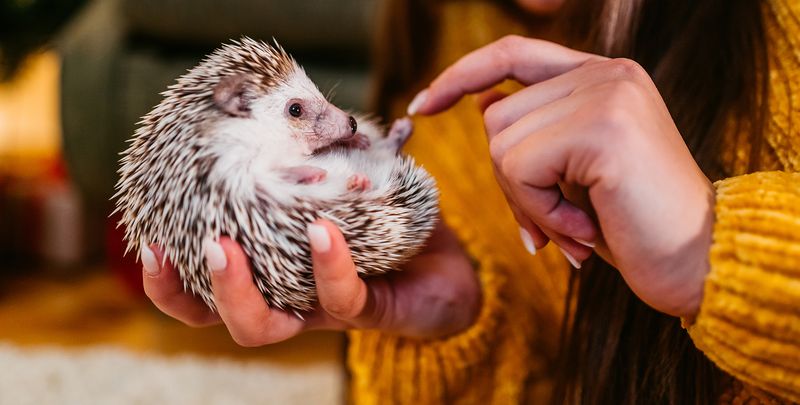
These spiky balls of curiosity have become popular exotic pets because of their relatively simple care requirements. Hedgehogs need a cage similar to what you’d provide for a guinea pig, with bedding, hiding spots, and an exercise wheel.
They eat specially formulated hedgehog food supplemented with insects and some fruits. The most challenging aspect might be their nocturnal nature, but many adapt to their owner’s schedule with regular handling.
Hedgehogs are largely odorless and don’t require companionship from other hedgehogs. Just check your local laws – they’re not legal in all states!
5. Sugar Gliders – Pocket-Sized Flying Companions
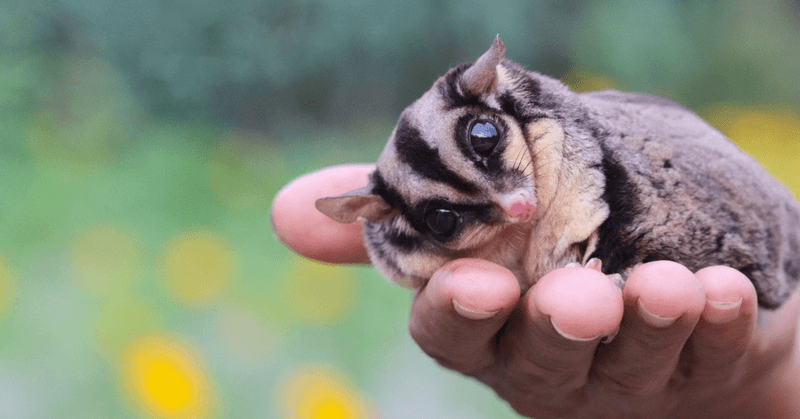
These adorable marsupials form incredible bonds with their owners! Sugar gliders can literally glide through the air using the membrane between their limbs, but their care isn’t as complicated as you might think.
They thrive on a diet of fruits, vegetables, and protein sources like mealworms or special glider food. The main commitment is social time – sugar gliders need daily interaction and do best in pairs.
Many owners carry them in special bonding pouches during the day. Once bonded, these pocket-sized pals will sleep in your pocket and enjoy evening playtime when they’re naturally active.
6. Ball Pythons – Gentle Giants Of The Snake World
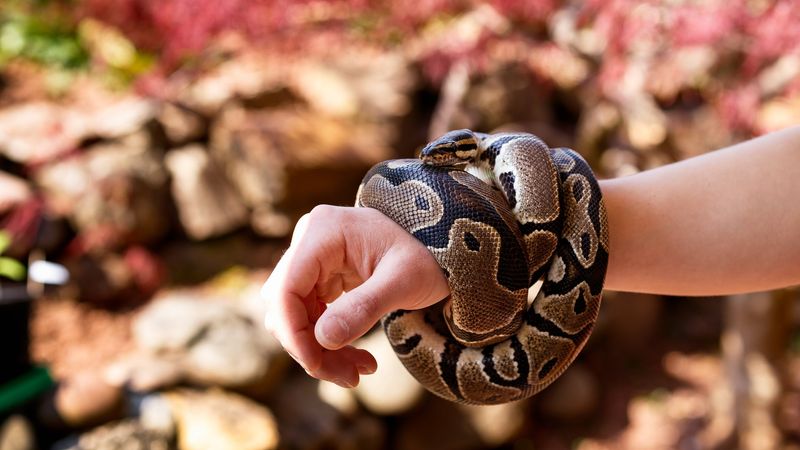
Named for their defensive ball-curling behavior, these snakes are the gentle teddy bears of the reptile world. Ball pythons are incredibly docile and rarely bite, making them perfect for first-time snake owners.
Their enclosure needs are basic – a simple tank with hiding spots, a water dish, and proper temperature gradient.
No special lighting required! Feeding is straightforward too – one appropriately-sized frozen/thawed mouse every 1-2 weeks for adults.
With minimal waste production and infrequent feeding, ball pythons are low-maintenance pets that can live 20-30 years as your scaly companion.
7. Cockatiels – Whistling Wonders With Simple Needs
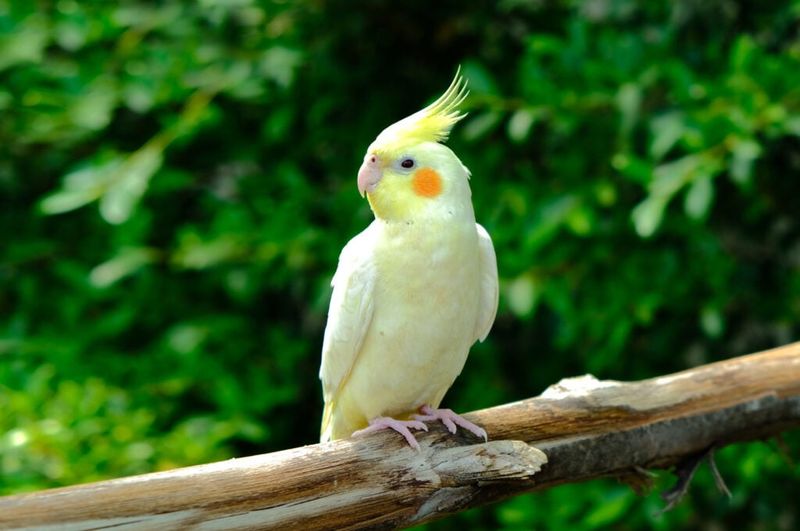
These charming Australian birds offer the personality of larger parrots in a manageable package. Cockatiels are known for their whistling abilities and friendly dispositions.
Many learn to mimic tunes and develop strong bonds with their owners. Their diet consists mainly of readily available pellets and seeds, supplemented with fresh vegetables.
Unlike larger parrots, cockatiels don’t require enormous cages or constant mental stimulation. They’re less prone to behavioral problems than many exotic birds and adapt well to household routines.
With their 15-20 year lifespan, cockatiels provide companionship without the extreme commitment of larger parrot species.
8. Millipedes – Gentle Giants Of The Invertebrate World
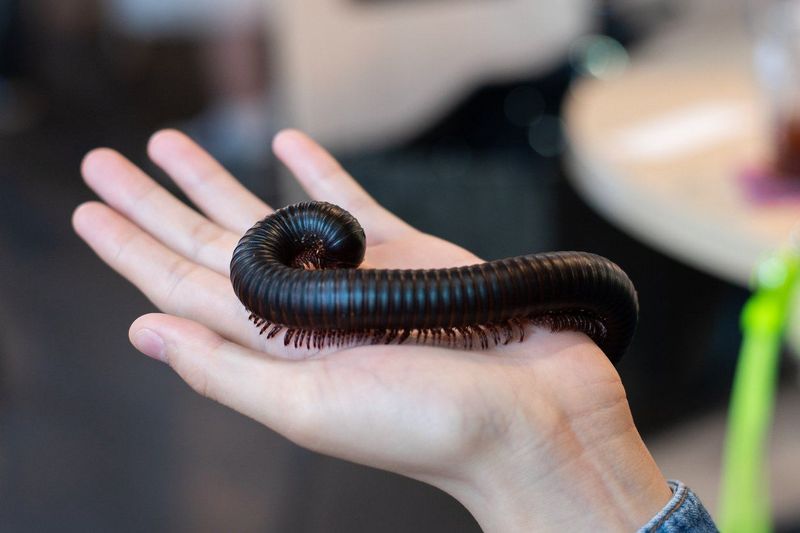
Giant millipedes might seem creepy at first glance, but they’re actually one of the easiest exotic pets to maintain. These peaceful decomposers simply need a container with a few inches of soil, some leaf litter, and pieces of fruit or vegetables for food.
Unlike many insects, millipedes move slowly and are completely harmless to handle. They don’t bite, sting, or jump – making them surprisingly relaxing pets to interact with.
Species like the African Giant Millipede can grow to impressive sizes while requiring minimal care. Their simple needs and fascinating behaviors make them perfect starter exotic pets for the bug-curious.
9. Kinkajous – Rainforest Acrobats With Complex Needs

With their golden fur and prehensile tails, kinkajous look like living stuffed animals. Don’t be fooled by their cuteness – these rainforest mammals require serious commitment! They’re naturally nocturnal, becoming active just when you’re ready for bed.
Kinkajous need large, custom enclosures with climbing branches and enrichment activities. Their diet is complex, requiring specific fruits, proteins, and specialized supplements to prevent nutritional deficiencies.
Even well-socialized kinkajous can become unpredictably aggressive during adolescence. Their 20+ year lifespan means bringing one home is comparable to having a toddler for two decades!
10. Fennec Foxes – Desert Sprites With Boundless Energy
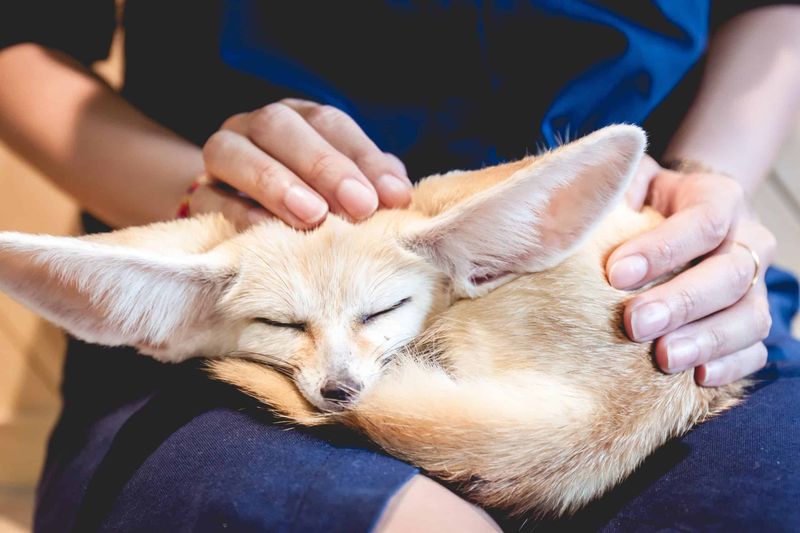
Those enormous ears and tiny bodies make fennec foxes irresistibly adorable, but they present major challenges as pets. These desert foxes have energy levels that make border collies look lazy!
They require extensive daily exercise and mental stimulation. Fennecs have specialized dietary needs combining proteins, insects, and specific vegetables.
Their natural behaviors include digging, jumping, and vocalizing with high-pitched screams – especially at night when they’re most active.
Proper care requires fox-proofing your home and having a secure outdoor area. Even after years of socialization, they retain wild instincts that can make them unpredictable companions.
11. Marmosets – Tiny Primates With Gigantic Responsibilities
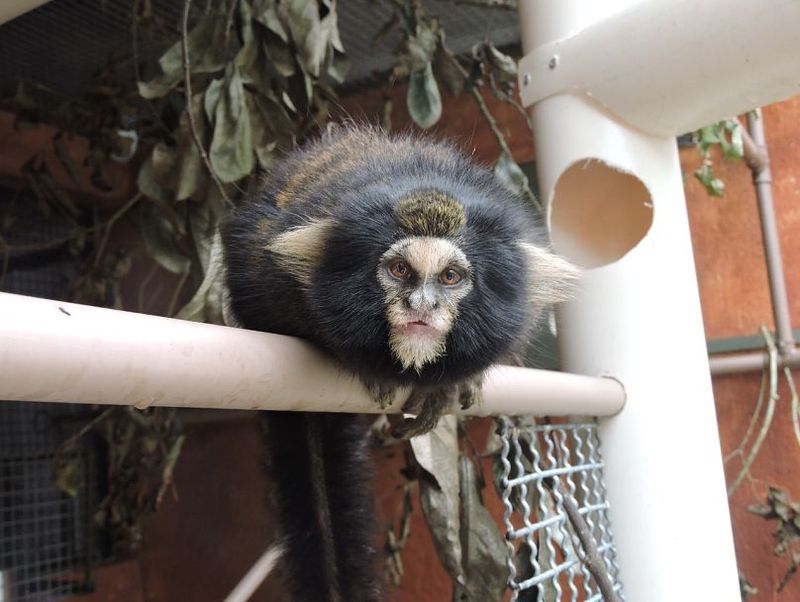
These thumb-sized monkeys may be the smallest primates kept as pets, but they create enormous challenges. Marmosets are highly social creatures requiring either a same-species companion or constant human interaction to prevent severe psychological distress.
Their dietary needs are extraordinarily complex – specific proteins, fruits, vegetables, and specialized supplements must be provided in precise amounts.
Housing requirements include large, temperature-controlled enclosures with UV lighting and multiple enrichment activities.
Marmosets can live 15-20 years and often develop behavioral problems in captivity. They’re also prone to stress-related health issues that require exotic animal veterinarians.
12. Serval Cats – Wild Beauty With Untamable Instincts
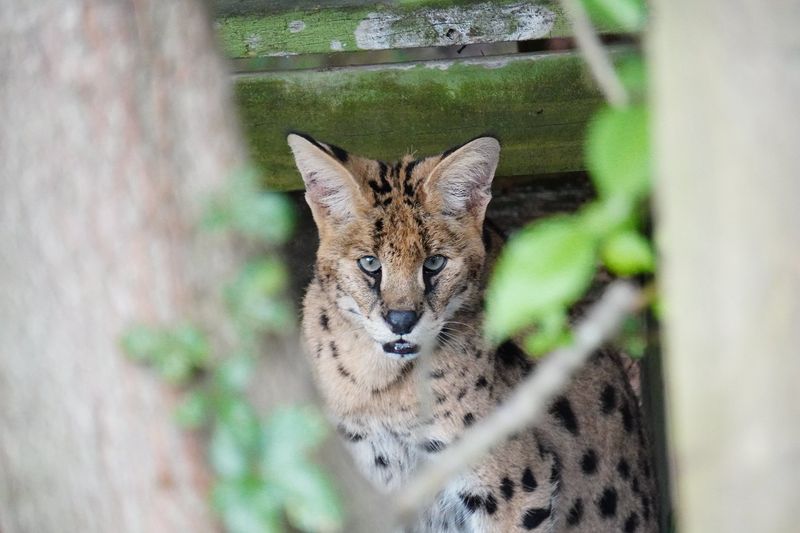
With their spotted coats and long legs, servals look like supermodel versions of house cats. These African wildcats retain strong hunting instincts that no amount of breeding or socialization can eliminate.
Servals can jump 10 feet vertically from a standstill! They require specialized diets of whole prey items and carefully balanced raw meat.
Housing needs include outdoor enclosures with high fences, climbing structures, and weather protection. Servals mark territory by spraying urine – a behavior that doesn’t disappear with neutering.
Their wild nature makes them unpredictable around children and other pets, creating significant safety concerns.
13. Sloths – Slow-Moving Specialists With Fast-Declining Health
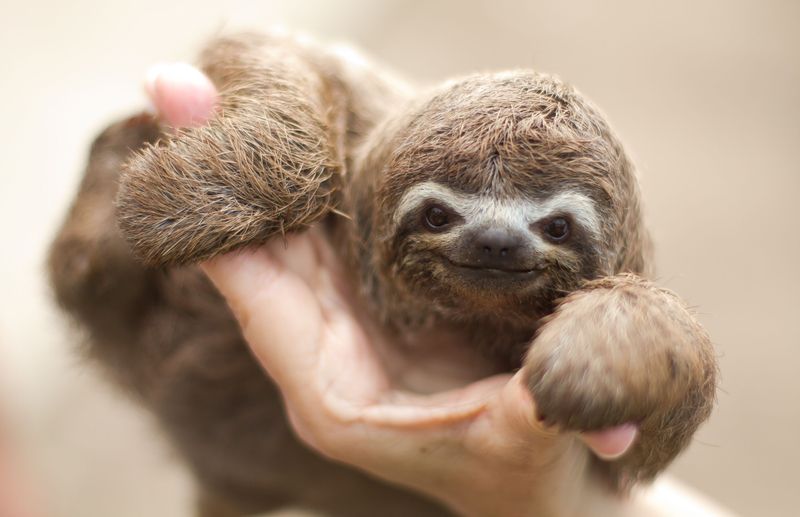
Their perpetual smiles and gentle nature make sloths seem like perfect companions, but these specialized mammals rarely thrive in captivity. Sloths have extremely specific dietary requirements – certain leaves from tropical trees that are nearly impossible to source consistently.
Their digestive systems rely on specialized bacteria that easily become imbalanced in captivity. Temperature and humidity must be precisely controlled to prevent respiratory infections and skin problems.
Sloths are not built for handling – their internal organs lack the supportive tissue found in other mammals. Stress from improper care often leads to dramatically shortened lifespans compared to their wild counterparts.
14. Capybaras – Giant Rodents With Specialized Aquatic Needs
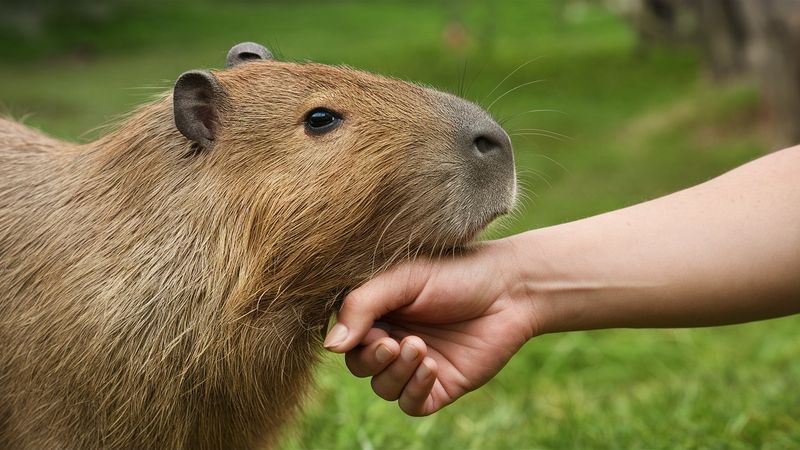
The world’s largest rodents might look like oversized guinea pigs, but their care requirements are far more demanding. Capybaras are semi-aquatic mammals that need constant access to water for swimming – a simple water bowl won’t cut it!
They require specialized diets high in fiber, including hay, grasses, and aquatic plants. Social by nature, capybaras suffer severe psychological distress when kept alone, but their 100+ pound size means keeping multiple animals requires significant space.
Their teeth grow continuously, necessitating specific chewing materials to prevent painful dental problems. Even well-socialized capybaras can become territorial and aggressive as they mature.


